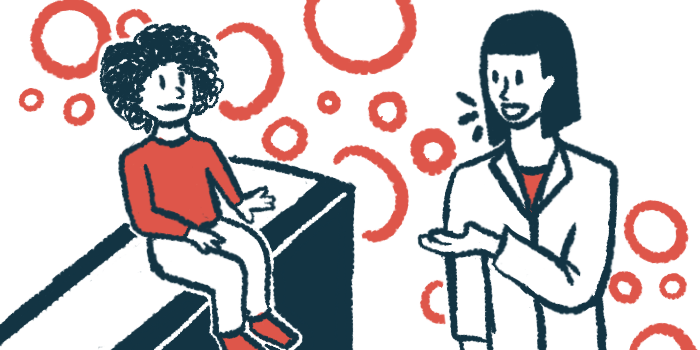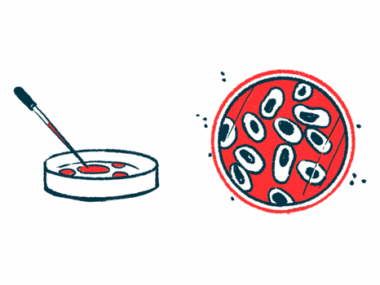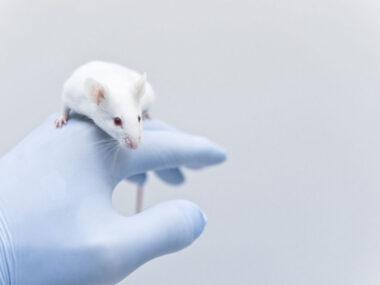Disturbed sleep can affect social behavior of Rett children: Study
Clinicians advised to consider sleep difficulties in their Rett patients
Written by |

Taking a long time to fall asleep and having increased rapid eye movement (REM) sleep correlate with a higher burden of purposeless hand movements, called stereotypies, in girls with Rett syndrome, a new study shows.
These findings may also suggest a “higher risk of insomnia in individuals with [Rett] who have poor social skills, and warrant clinicians to consider such sleep difficulties in their therapeutic approach,” researchers wrote.
Their study, “Sleep and the social profiles of individuals with Rett Syndrome,” was published in the journal Pediatric Neurology.
Affecting girls almost exclusively, Rett syndrome is chiefly caused by mutations in the MECP2 gene. This gene has instructions for a protein with the same name that regulates how key genes for brain development and function are read.
Rett symptoms include impairments in social skills, disrupted sleep
Symptoms of Rett are diverse and include impairments in social skills, losing the ability to speak, and disrupted sleep, gait, and eye gaze communication.
However, the relationship between sleep and social behavior in Rett patients remains poorly characterized.
With this in mind, researchers from France and the Netherlands analyzed the sleep pattern of 12 girls with Rett, mean age 8.5 years. They used polysomnography (a sleep study) which objectively records brain waves, oxygen levels, heart rate, breathing, and movement during sleep.
Parameters recorded included total sleep time, the time to fall asleep after the lights are turned off (sleep onset latency), the time spent awake while in bed (called wake after sleep onset), and sleep efficiency, which is the ratio between total sleep time and time from lights-off in the evening to lights-on in the next morning.
In parallel, the girls’ parents filled out the Rett Syndrome Behavioral Questionnaire. The researchers focused on 25 social-related items, including general mood and anxiety, and one item assessing daytime sleepiness.
A statistical analysis confirmed an excellent consistency in parents’ statements related to four behavioral patterns — “interactive motricity,” mood change, anxiety/agitation, and “gazing” — which were then used in the correlation analysis.
The mood-change subscale included behaviors of screaming without an apparent reason and repetitive hand movements. For “interactive motricity,” most parents reported failure to use hands for purposeful grasping. For “gazing,” reports included an expressionless face and looking through people into the distance.
The analysis revealed longer times to fall asleep and increased REM sleep correlated with a higher burden of socio-behavioral impairments, particularly in interactive motricity. REM sleep is a stage associated with dreaming, with rapid movement of the eyes behind the eyelids.
A third of the Rett patients (33.3%) had daytime sleepiness, as they required frequent naps during the day. No correlation was seen between daytime sleepiness or sleep-disordered breathing and behavior impairments.
Overall, these findings suggest in Rett, “more frequent abnormal social behaviors, primarily in interactive motricity, are strongly associated with difficulties falling asleep and more REM sleep,” the study concluded.







